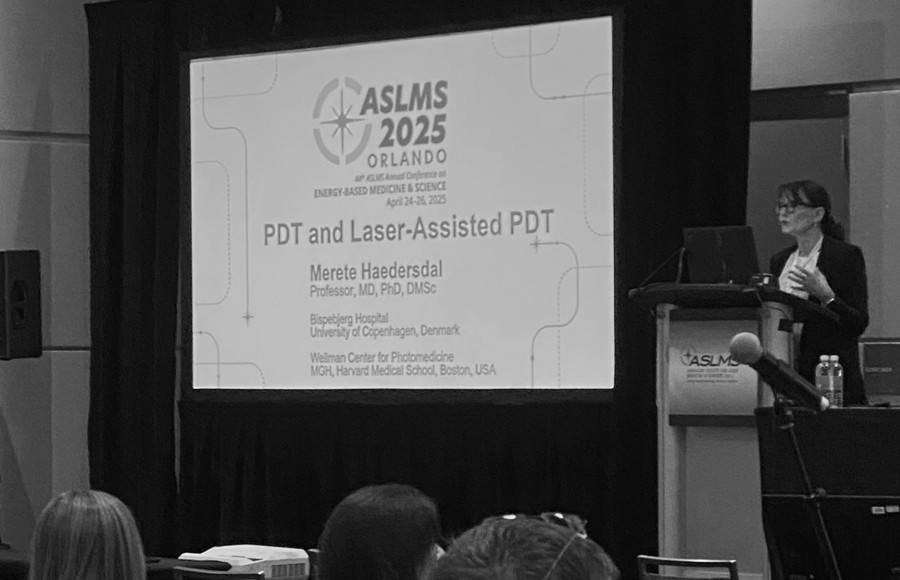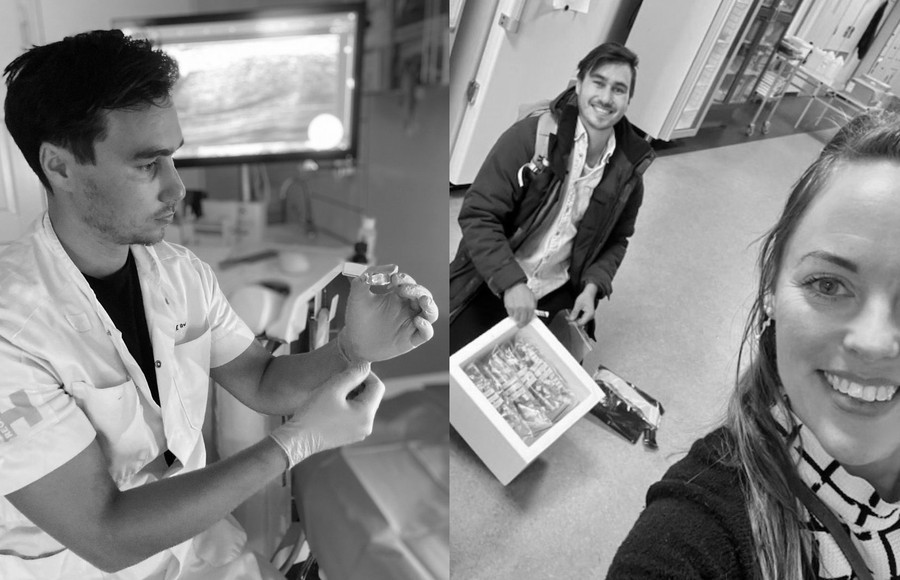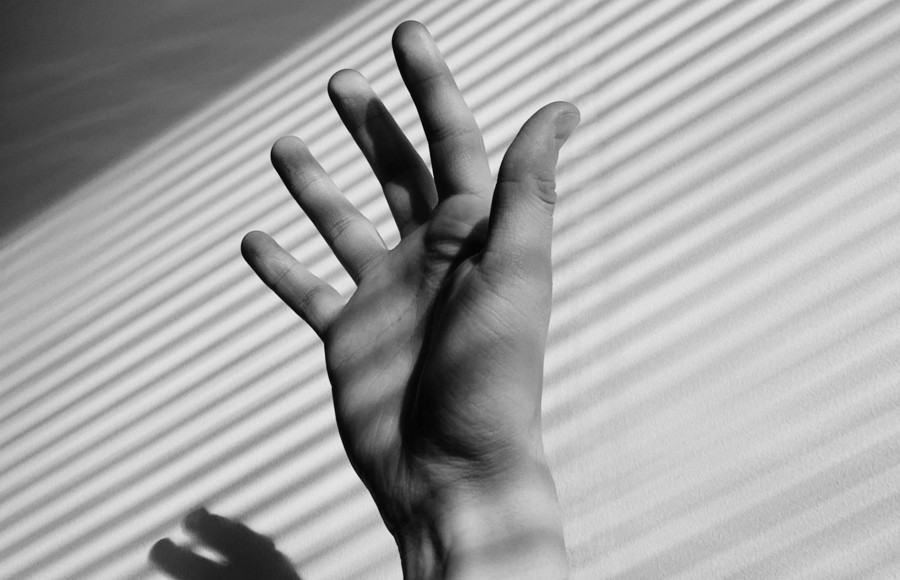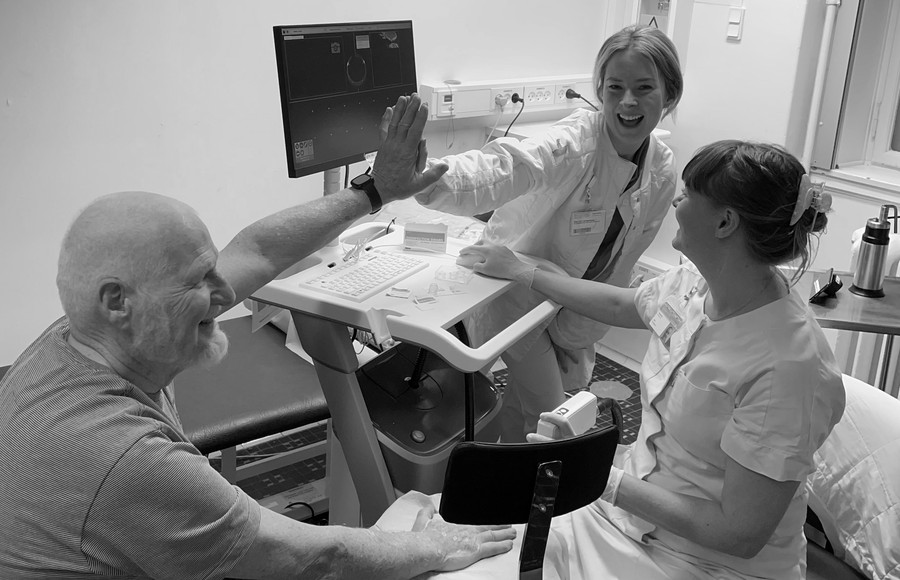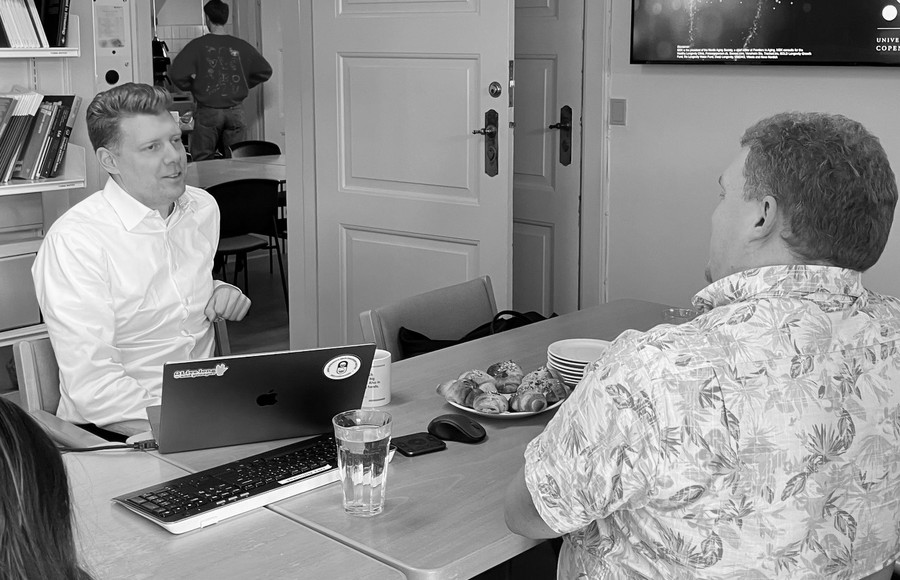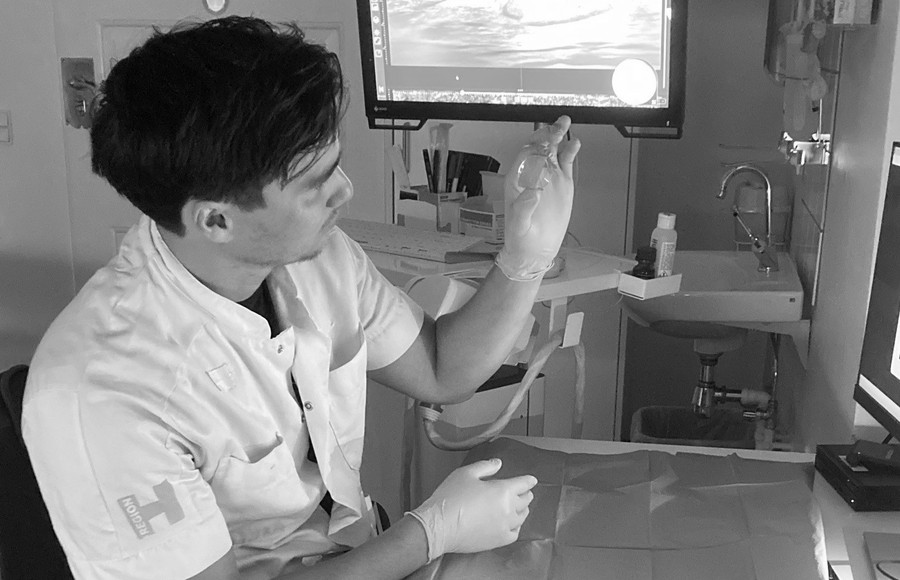Secrets of the Skin: Does Exposed Body Surface Area Affect the Amount of DNA Damage in Urine After UV Exposure?
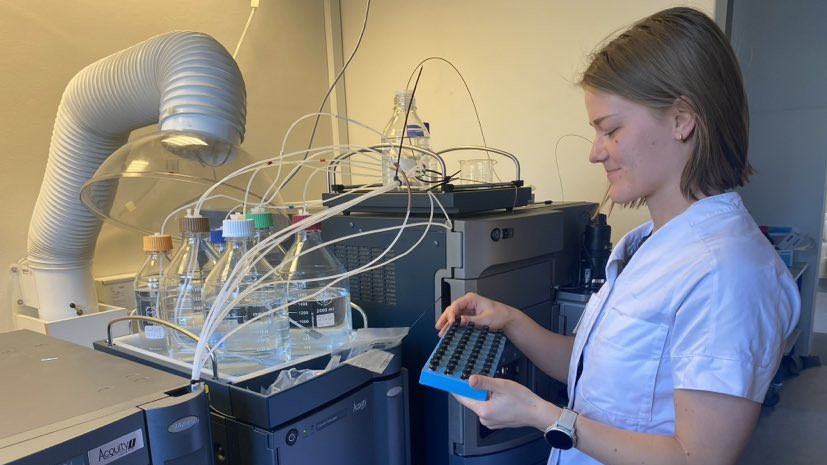
A new research project at Bispebjerg Hospital in Copenhagen, conducted by pharmacist student Julie H. Folman in collaboration with the University of Copenhagen, aims to explore the amount of DNA damage in urine after UV exposure of the skin.
In this specific study, the attention is focused on the specific area of the body exposed to UV radiation. The goal is to examine whether individuals exposed to UV over a larger area also excrete more sun damage in their urine. To answer this question, participants are divided into three groups with varying amounts of clothing. Group 1 is exposed to approximately 75% of the body surface area, group 2 to approximately 60%, and group 3 to approximately 45%.
30 healthy participants, both men and women, are involved in the study. Each participant is exposed to UV for three consecutive days with a dose equivalent to 20 minutes of sunbathing on a warm Danish summer day. The radiation procedure takes only 30 seconds in a specially designed UV cabin. Subsequently, participants collect morning urine samples for 10 days, including the day of the first radiation exposure and the following nine days. Additionally, pigment and redness are measured in three areas on the participants' skin on all three trial days. These measurements are used to determine skin type and monitor the development of the skin's response during the study.
After collection, urine samples are analyzed using a LC-MS/MS method developed by Associate Professor Catharina Margrethe Lerche from the Danish Research Center for Skin Cancer. This method enables measurement in urine of biomarkers related to DNA damage caused by UV radiation.
The project is currently in the analytical phase. All participants have completed the study, and urine samples are now being analyzed and processed. The project is expected to be completed in May 2024.
The research project could contribute to a better understanding of the impact of exposed body surface area on the amount of excreted DNA damage biomarkers after UV radiation. Furthermore, results provide insights into the individual factors influencing the results for each participant and investigate any relationships between the development of redness, skin type, and the amount of damage in urine.
For patients, this knowledge will contribute to a better understanding of DNA damage due to UV exposure, and by extension optimization of future treatment and prevention methods. Additionally, the study could raise awareness of the risks of sun exposure and inspire the development of new guidelines for protecting the skin from the sun's rays.
